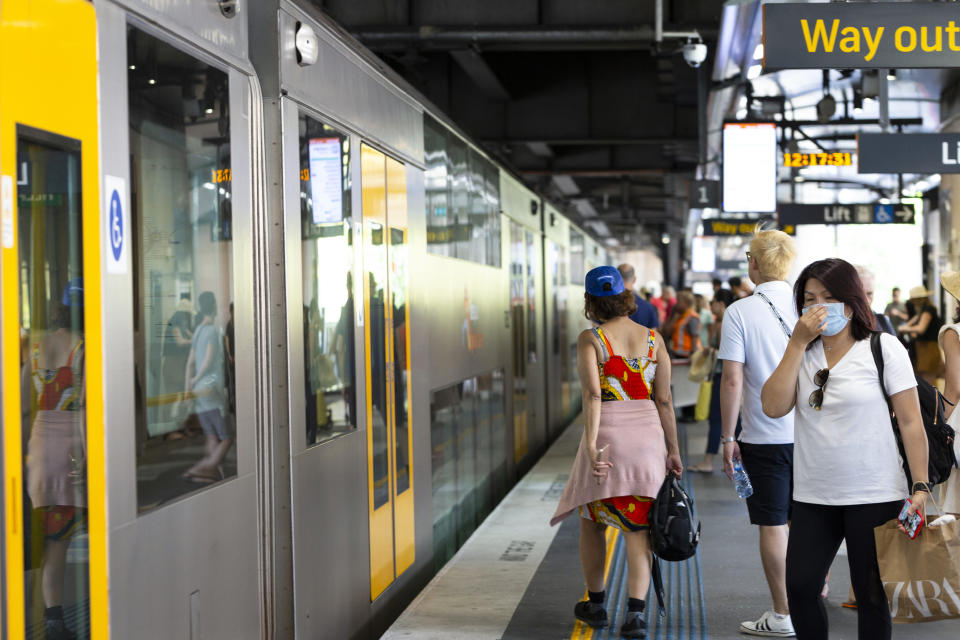Three scenarios for how the coronavirus crisis will play out

As markets grow volatile and COVID-19 testing ramps up in developed economies, health authorities globally are preparing for the continued spread of coronavirus.
One of the defining features of the crisis so far is the relative level of uncertainty about how the disease manifests.
While that uncertainty lingers, fear is likely to be the driving force behind the price action in major asset classes (such as stocks).
For their part, analysts at McKinsey & Co have put some research to print, where they assessed the potential COVID-19 fallout for markets based on three scenarios.
The analysts started by highlighting three “swing factors”; risks that are both unclear, and have the potential to play a key role in how the virus spreads:
The full extent of mild cases which go undiagnosed. A higher number would have the effect of lowering the effective fatality rate.
Whether COVID-19 responds to seasonality. If it proves responsive, infection rates in the northern hemisphere could fall as summer approaches.
Whether people who don’t show any symptoms can still transmit the virus.
Based on what it currently knows, McKinsey said the average patient infects another 1.6 to 2.4 others. Carriers aged over 70 appear to be experiencing fatality rates “three to four times the average”.
“Other reports describe fatality rates for patients under 40 to be 0.2 per cent,” McKinsey said.
So for now, investors assessing the risk to their portfolios need to make the best decisions they can based on limited information.
McKinsey then framed the outlook based on three scenarios, taking into account the complexities outlined above.
1. Quick recovery
Outlook
In this scenario, global health networks are able to get confirmation around the fatality ratio and COVID-19’s effect on the working-age population.
Subscribers to this projection will need to believe that public health responses globally will be “similarly effective as China”. Consumer demand will fall but the nature of those declines will be “localised in terms of duration”.
Net effect
Looking ahead, the economic slowdown in the US and Eurozone will bottom out by the end of March.
Acute drops in demand will see a “relatively fast rebound”, and China’s recovery should be largely complete by early April. The pace of activity in other global jurisdictions will slowly pick up in Q2.
2. Global slowdown
Outlook
Countries with new outbreaks globally find it more difficult to enact effective safety measures. The fatality rate is proven to be higher than influenza, although the COVID-19 strain is determined to be seasonal in nature.
Strong countermeasures put in place mean the outbreak will remain localised on a national scale, with Europe and the US seeing the brunt of the impact, while other regions (Asia, Middle East) see more varied results.
Net effect
In this scenario, McKinsey still expects China’s economy to recover at the same speed — early Q2.
However, the drag on other major western economies will linger well into the June quarter. Certain sectors — aviation and hospitality — will be “deeply hit”.
“Ultimately, the spread of the virus is slowed by seasonality. Economies recover in late-Q2, but 2020 global GDP growth drops to 1-1.5 per cent,” McKinsey noted.
3. Global pandemic
Outlook
Major economies such as the US fail to enact an efficient health response on the same level as China.
The properties of the virus are also proven to be more dangerous — no seasonality, a higher fatality rate and asymptomatic transmission. New cases globally will continue to climb well into the September quarter.
Net effect
In the most severe pandemic event, McKinsey said the global economy would experience an economic shock that lasted “for most of the year”.
“Health systems might be overwhelmed in countries that face large-scale human impact,” it said — a situation currently playing out in Italy.
“Ultimately, this scenario results in a global recession, with growth falling to between -1.5 per cent and 0.5 per cent in 2020.”
Sam Jacobs is a journalist for Stockhead.
For more articles like this, visit Stockhead.com.au. Subscribe now to stay ahead with the latest stock news and insights.
Make your money work with Yahoo Finance’s daily newsletter. Sign up here and stay on top of the latest money, news and tech news.
Follow Yahoo Finance Australia on Facebook, Twitter, Instagram and LinkedIn.

 Yahoo Finance
Yahoo Finance 